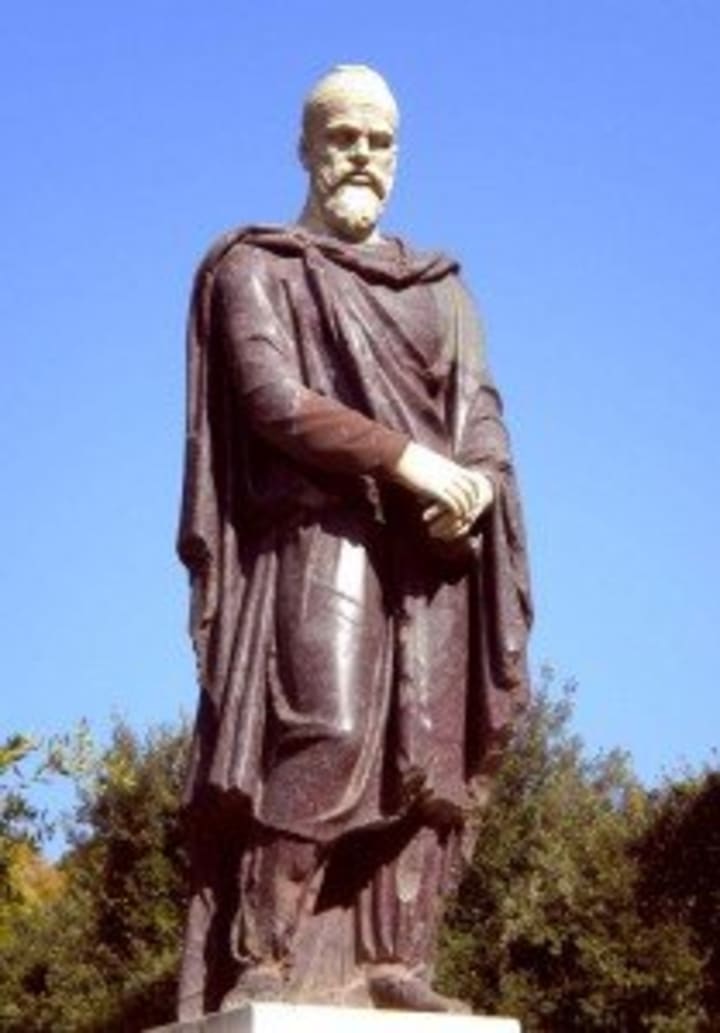Christmas Traditions: Some pre-Christian?
History of Christmas

Many of the customs that we commonly associate with Christmas come from previous pagan or pre-Christian European backgrounds. Let’s look at some of these familiar traditions and some connections to other folklore elements with which we may be unfamiliar.
Christmas Traditions
- The word Yule comes from the Germanic jōl or the Anglo-Saxon geōl. It refers to a twelve-day celebration starting on or around December 21 among Norse and Germanic people associated with the Winter Solstice. Yuletide later became associated with Christmastide.
- Evergreens played an essential role among Vikings who would decorate evergreen trees with food and carvings.
- Yule logs were not sweet confections but a whole tree that would burn for twelve days on the hearth. The large end would be lit with the remnants of the previous year’s log, wine would be poured over it, and each person would take turns feeding the whole length of the log into the fire as it continued to burn. It was considered bad luck to let it go out.
Mistletoe was prominent in the traditions of the Druids and the lore of northern Europe. The plant had no roots yet remained green. The Norse associated it with their goddess of love, Frigga, perhaps the origin of kissing under it, as we’ll discuss in a later article.
- The wassail bowl was first known in Scandinavia as the Old Norse ves heil. We are familiar with it by the more modern Anglo-Saxon “toast” wassail, which means “be thou hale” or healthy and is traditionally celebrated on Twelfth Night.
- Holly was used for decoration in the twelve-day Roman holiday known as the Saturnalia, ending on January 1, and is where we get the “Twelve Days of Christmas.”
Christmas Trivia
Did you know that Americans spend more than $8 billion per year on Christmas decorations?
Saturnalia Traditions
As discussed in a previous article, the Roman celebration of Saturnalia to honor the head of the Roman pantheon of Titans occurred annually at the end of December. (Saturday is named after the Latin Saturni dies.) To what extent Saturnalia traditions influenced Christmas or the reverse is debated by scholars.

Though we hear of Saturnalia from Catullus as early as the 1st century B.C., it was not a major Roman holiday until promoted by Emperor Aurelian in AD 274. But the full description of its traditions we don’t learn until the work Saturnalia by Macrobius Ambrosius Theodosius, who lived in the early fifth century A.D., long after Christmas had been widely observed.
Saturnalia Trivia to impress your friends and family
The Temple of the Sun that Aurelian built for his Saturnalia was constructed of porphyry stone. It is the rarest form of “granite” on earth, available only from a quarry in the eastern desert of Egypt, Mons Porphyrites or “mountain of porphyry.” I’ve seen this rare “imperial” purple-red stone in the Roman Forum, St. Peter’s Basilica, The Vatican Museum, Florence, and Venice in temples, monuments, churches, and sarcophagi.

When used in statue togas, the purple porphyry stood in for the Tyrian purple dye used in garments prized by Roman nobility.

After the Temple of the Sun fell into disuse centuries later, eight of those columns were reused at Hagia Sophia (Church of Holy Wisdom) in Constantinople (Istanbul), the largest church in the world when it was built in 537 AD. It holds 140 of these porphyry columns.

Emperor Justinian built it as the primary church of his capital city. No church dome was larger until almost a millennium later when Brunelleschi designed the dome atop the Cathedral of Santa Maria del Fiore (The Duomo) in Florence in the 15th century.
Xmas and Christmas
Contrary to popular belief, the “X” in Xmas is in notes or decorations is not an abbreviation for “cross.” Nor, as my mother believed, is it disrespectful, taking Christ out of Christmas. But it does require a bit of knowledge of the Greek language.

Quite to the contrary, it represents the Greek letter chi — which looks like our letter “X” — and is the first letter of the Greek word for Christ: Χριστός (Christos) which, like the Hebrew word מָשִׁיחַ (Messiah), means “the anointed one.”
You may be familiar with “XP,” the chi-rho, the first two letters of Christos, as an abbreviation for Christ.
So Xmas really is shorthand for Christmas.
Bill Petro, your friendly neighborhood historian
If you enjoyed this article, please consider leaving a comment. Subscribe to have future articles delivered to your email.
About the Creator
Bill Petro
Writer, historian, consultant, trainer
https://billpetro.com/bio






Comments
There are no comments for this story
Be the first to respond and start the conversation.